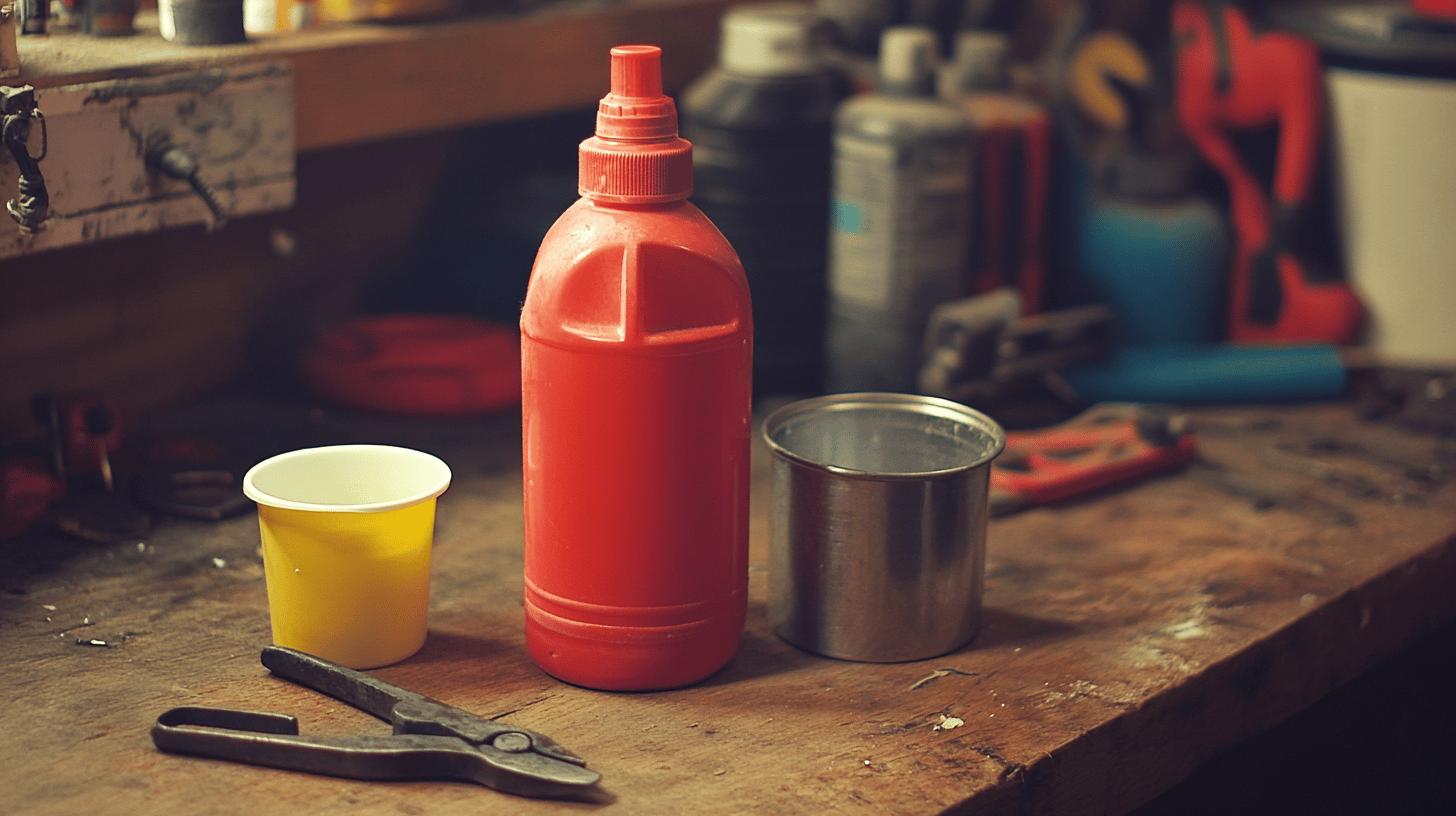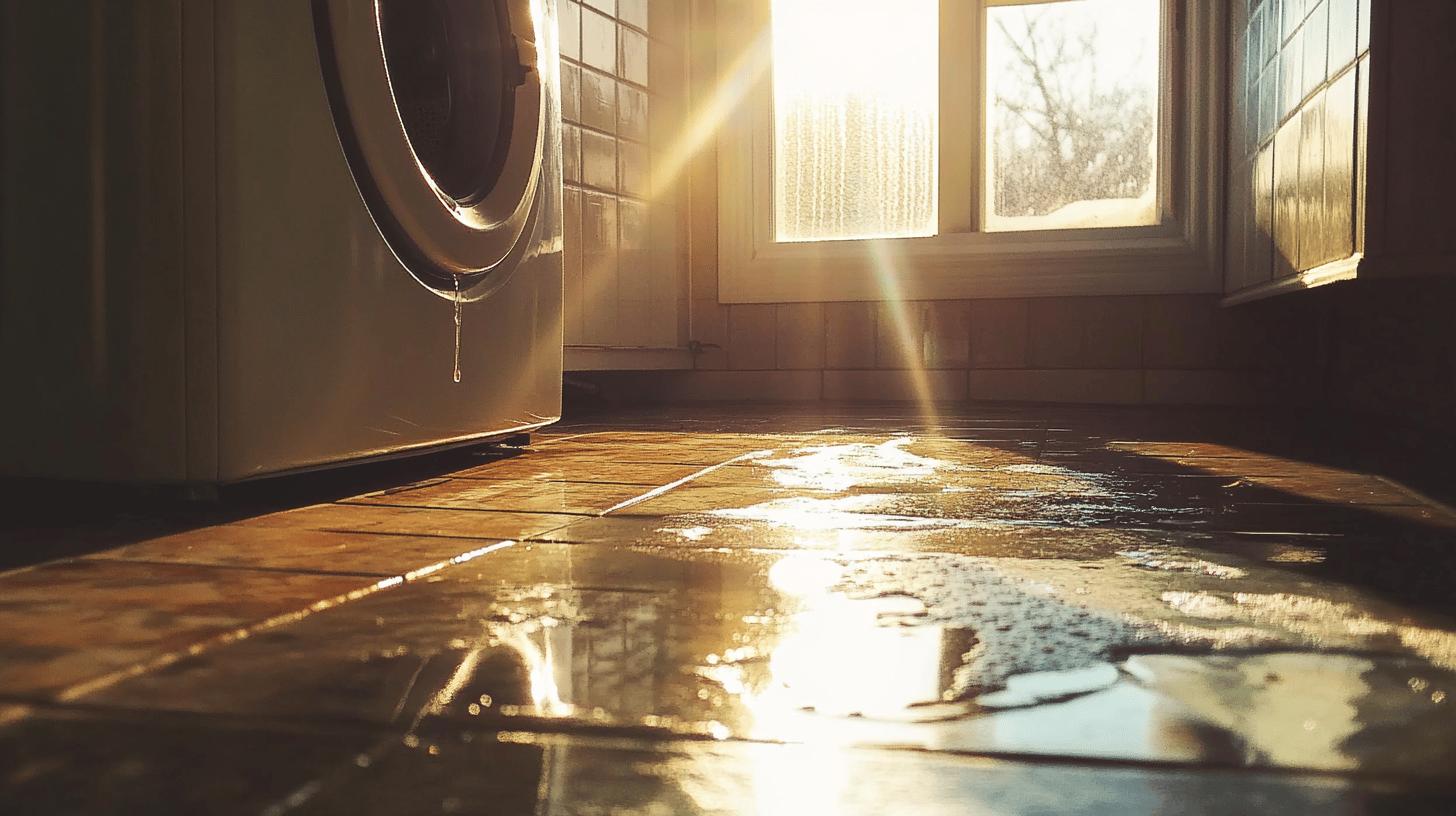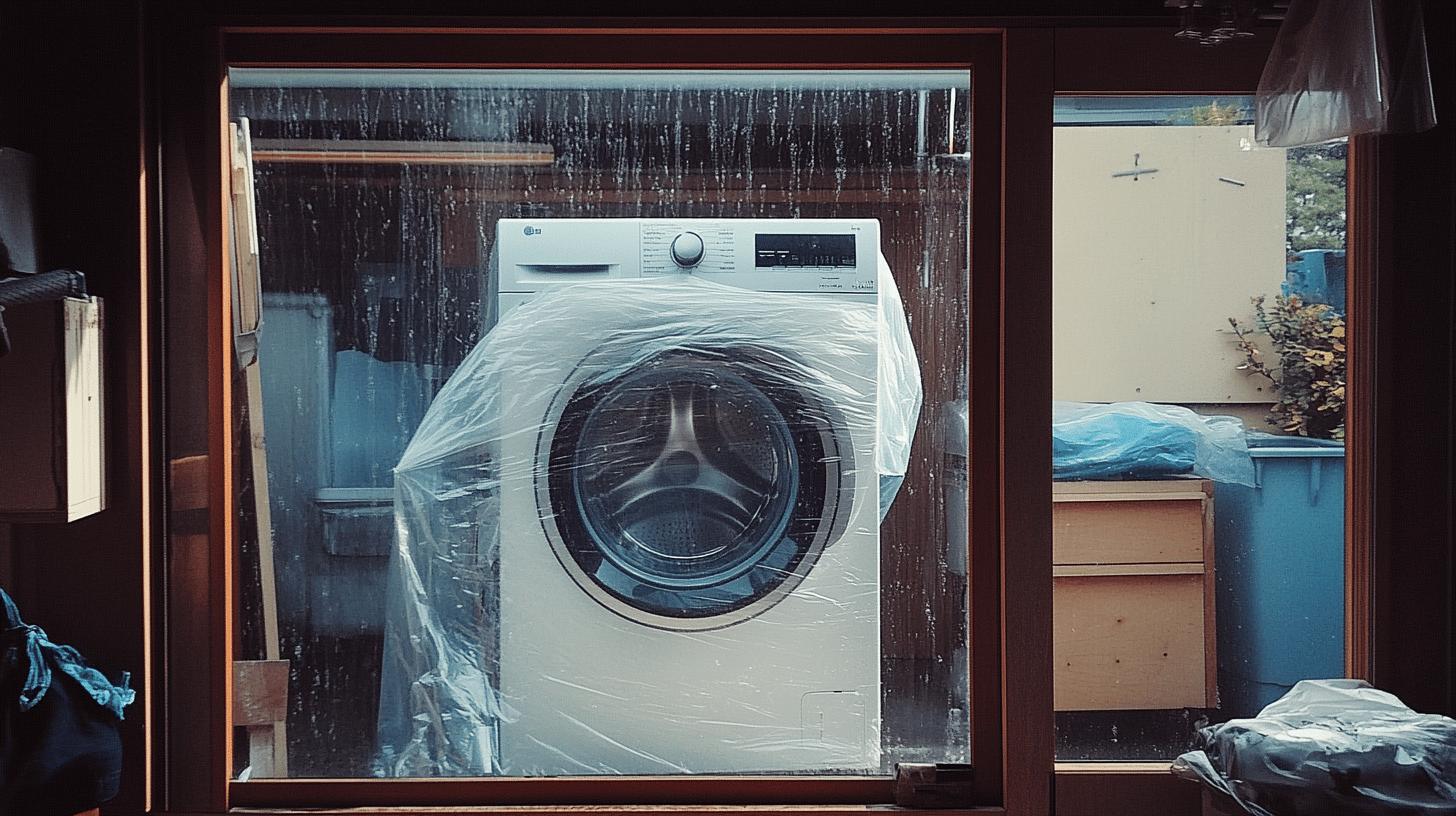TL;DR:
- Winterizing prevents washing machine damage from freezing, which can crack valves and pumps, leading to expensive repairs and warranty invalidation.
- Essential winterization tools: RV non-toxic antifreeze, liquid detergent, slip-joint pliers, shallow pan, sump pump, splitter valves.
- Winterization steps: Turn off power and water, disconnect hoses, drain water, add antifreeze, run a short cycle, drain excess, unplug, and securely close the drum.
- Common mistakes: Not fully draining water, using toxic antifreeze, failing to turn off power, not sealing the drum.
- Hiring a professional ensures thorough winterization, reduces risks of trapped water, and offers safety and expertise.
Did you know that not winterizing your washing machine could lead to expensive repairs? When temperatures drop, any leftover water in your machine’s pipes and lines can freeze, expand, and cause serious damage, like cracked valves or a broken pump. Even worse, it could void your warranty. Whether you’re getting ready for a winter vacation or preparing for a cold snap, knowing how to winterize your washing machine can save you from costly repairs later. Want to keep your appliance running smoothly through the colder months? Let’s go over the essential steps.
Importance of Winterizing a Washing Machine
Winterizing your washing machine is crucial to avoid damage from freezing temperatures. Freezing water expands, which can crack the inlet valves and pump, potentially leading to a breakdown and malfunctioning parts. This is especially important if you plan to be away during winter. If the machine sits unused in the cold, any water left inside could freeze, causing severe damage and possibly voiding your warranty. By taking the time to winterize, you can prevent costly repairs and ensure your washing machine is ready to use when you return.Expanding water causing valve cracks
- Damage to the pump
- Potential warranty invalidation
- Costly repairs
- Inability to use the machine until repaired
Tools and Materials Needed for Winterization

To winterize your washing machine, you’ll need a few essential tools and materials. First, grab a 1/2-gallon of RV non-toxic antifreeze, which is safe for your appliance and prevents leftover water from freezing. You’ll also need a cup of liquid detergent to help flush out water and antifreeze after winterization. Slip-joint pliers are important for disconnecting hoses and ensuring they’re securely tightened. A shallow pan will catch any draining water to keep things clean. Finally, a sump pump and splitter valves will help circulate the antifreeze through the system for full freeze protection.
- RV non-toxic antifreeze
- Liquid detergent
- Slip-joint pliers
- Shallow pan
- Sump pump
- Splitter valves
Step-by-Step Guide to Winterizing a Washing Machine
Follow these steps carefully to winterize your washing machine and prevent freezing damage. First, disconnect the power and water supply to the machine. Next, drain all water from the washer by running a short cycle and then disconnecting the hoses. Use the slip-joint pliers to remove the hoses from the water supply and drain any remaining water into the shallow pan.
After draining, pour the RV non-toxic antifreeze into the drum and let it run through the system. This step ensures antifreeze reaches the pipes and pump to prevent freezing. Once the antifreeze has circulated, finish by running another short cycle to flush out excess water and antifreeze. Finally, disconnect the hoses from the washer, store them in a dry area, and ensure the machine is left open to dry.
Careful attention to these steps ensures proper drainage and prevents components from freezing and cracking, saving you from costly repairs. Whether your washer is in an RV or your home, winterizing it this way will keep everything in working order until spring.
- Turn off the power supply to eliminate electrocution risk.
- Shut off water supply valves for both hot and cold water.
- Disconnect and drain hoses. Let water escape into a shallow pan.
- Remove and lay flat the washer’s drain hose to drain remaining water.
- Tilt the machine to drain water from the pump.
- Add RV antifreeze into the drum to protect any remaining water.
- Run a short spin cycle to circulate the antifreeze.
- Drain excess antifreeze from hoses and pump area.
- Unplug the machine to ensure no power during winter.
- Close the drum securely to keep dust and debris out.
After completing the winterization steps, it’s crucial to do a final check for any remaining water or antifreeze. Why is this final check essential? Any leftover water or antifreeze can freeze and cause damage to the machine’s internal parts, like the pump or valves, during extreme cold. Ensuring everything is fully drained and dry helps maintain the washer’s condition and prevents costly repairs. By following this guide and performing this final check, you’ll effectively protect your washing machine from winter’s damaging effects and ensure it’s ready to go when spring arrives.
Common Mistakes to Avoid During Winterization

When winterizing a washing machine, there are a couple of common pitfalls to watch out for. One major mistake is not fully draining the water from the hoses and machine. Leftover water can freeze, expand, and crack crucial parts like the inlet valves and pump. To prevent this, make sure to drain all hoses and even tilt the machine to get rid of any remaining water.
Another common error is using the wrong type of antifreeze. Toxic antifreeze can damage your machine and create environmental hazards. Always use RV non-toxic antifreeze, which is safe for your appliance and effective at preventing freezing. Be sure to double-check the antifreeze’s composition before applying it. This will help ensure your washing machine stays protected throughout the winter months.
- Not fully draining water
- Using toxic antifreeze
- Failing to turn off power
- Not sealing the drum properly
Leaving the power on while winterizing your washing machine can create electrical hazards, especially when you’re working with water and antifreeze. Always unplug the machine before starting to eliminate any risk of electrical shock.
Another important step is sealing the drum. If left open, dust and debris can get inside, affecting the washer’s performance when it’s time to use it again. Make sure the drum is securely closed to keep contaminants out and maintain your machine’s condition. By avoiding these mistakes, you’ll ensure your washing machine is properly protected throughout the winter.
Professional Assistance for Washing Machine Winterization
Hiring a professional plumber to winterize your washing machine can offer peace of mind and prevent costly repairs. Professionals ensure the process is done thoroughly, eliminating the risk of trapped water that could freeze and damage your machine. Their expertise comes in handy for complex setups or issues that might be difficult to manage on your own.
What sets professionals apart? They have the right tools and skills to winterize every part of your washing machine properly. With access to specialized equipment and experience, they can conduct precise inspections, remove any remaining water, and apply antifreeze where needed. This not only protects your appliance from damage but also improves safety by reducing risks associated with DIY winterization.
| Service | Benefits |
|———————-|——————————|
| Thorough inspection | Ensures no water remains |
| Expertise | Handles complex setups |
| Specialized tools | Prevents damage |
| Safety | Reduces risk of accidents |
Final Words
Winterizing your washing machine is essential to protect it from freezing temperatures and avoid costly damages like cracked valves or pipes. By following the right steps, you can prevent water from freezing and expanding inside the machine, which can cause significant harm. Whether you choose to tackle the task yourself or hire a professional, knowing how to properly winterize your washing machine can save you time and money. With the right tools and precautions in place, your machine will be ready to operate smoothly when temperatures drop, keeping it in great shape for the seasons ahead.
FAQ
Q: How do I winterize a washing machine top loader?
A: To winterize a top loader, turn off the water supply, unplug the machine, drain hoses, and add RV antifreeze. Run a brief spin cycle before final draining.
Q: What is the process for winterizing a Samsung washing machine?
A: Start by turning off the water and power. Drain remaining water, add RV antifreeze into the drum, run a short cycle, then drain and unplug.
Q: How to winterize a Whirlpool washing machine?
A: Shut off the water supply, drain hoses, add RV antifreeze to the drum, run a brief spin cycle, and unplug the machine to complete winterization.
Q: How can I winterize a washing machine front loader?
A: Turn off water and power, drain water, add RV antifreeze to the drum, run a short cycle, and unplug to ensure full winterization.
Q: What is the best way to winterize a dishwasher?
A: Turn off power, disconnect water supplies, drain water, add RV antifreeze, run a cycle, and drain again to winterize a dishwasher.
Q: How do you winterize a washing machine with antifreeze?
A: Use RV non-toxic antifreeze by pouring it into the drum, running a brief cycle, and ensuring all parts are drained and unplugged after.
Q: What steps can prevent a washing machine from freezing in a garage?
A: Insulate the machine with blankets or covers and use RV antifreeze to prevent internal freezing. Ensure the machine is fully drained and power is off.
Q: How do you winterize an LG washing machine?
A: Turn off power and water supply, drain hoses, add RV antifreeze into the drum, run a quick cycle, drain again, and unplug for complete winterization.
Q: Does a washing machine need to be winterized?
A: Yes, winterizing is crucial if the machine is in a location exposed to freezing temperatures to prevent internal damage and ensure functionality.
Q: How do I protect my washing machine in freezing weather?
A: Use RV antifreeze, drain all water, insulate the machine, and ensure it’s unplugged to protect against freezing.
Q: How to drain a washing machine for winter?
A: Disconnect water supply hoses, drain water into a pan, add antifreeze, run a spin cycle, and drain again to remove all water.
Q: How do you completely drain a washing machine for storage?
A: Drain all hoses, tilt the machine to remove pump water, and ensure the drum is clear of water by running a spin cycle with RV antifreeze.

